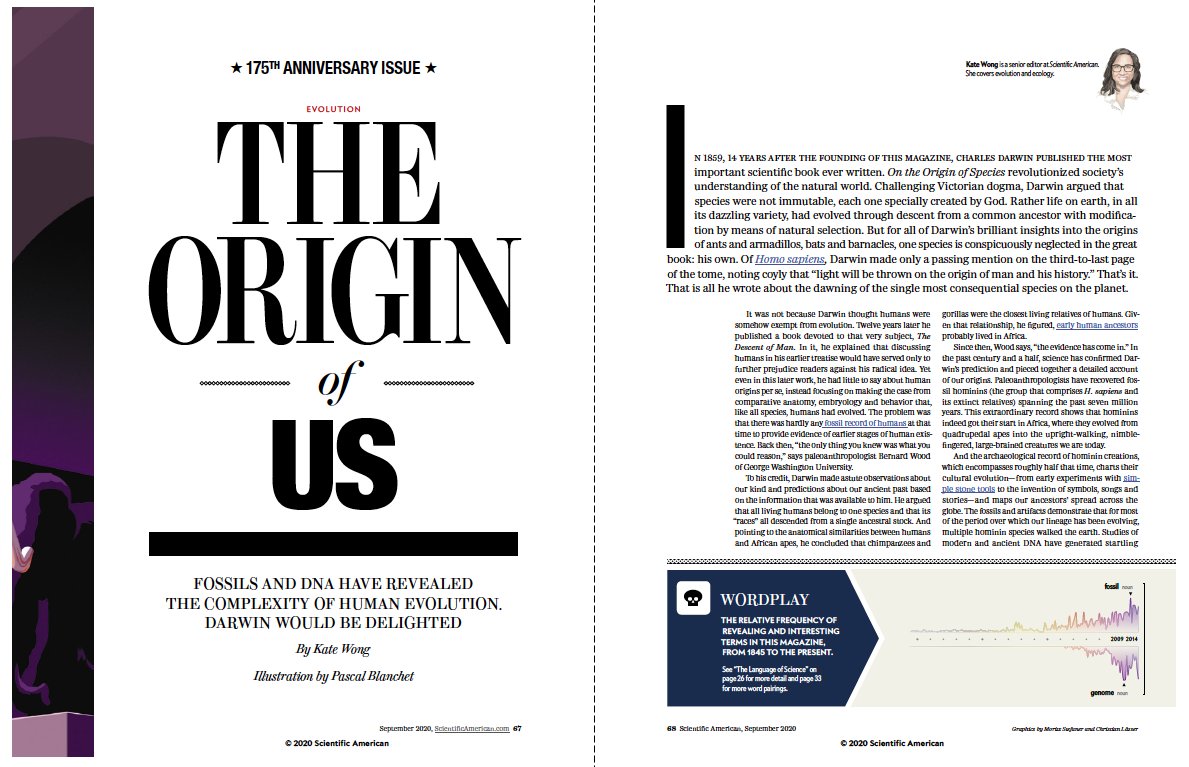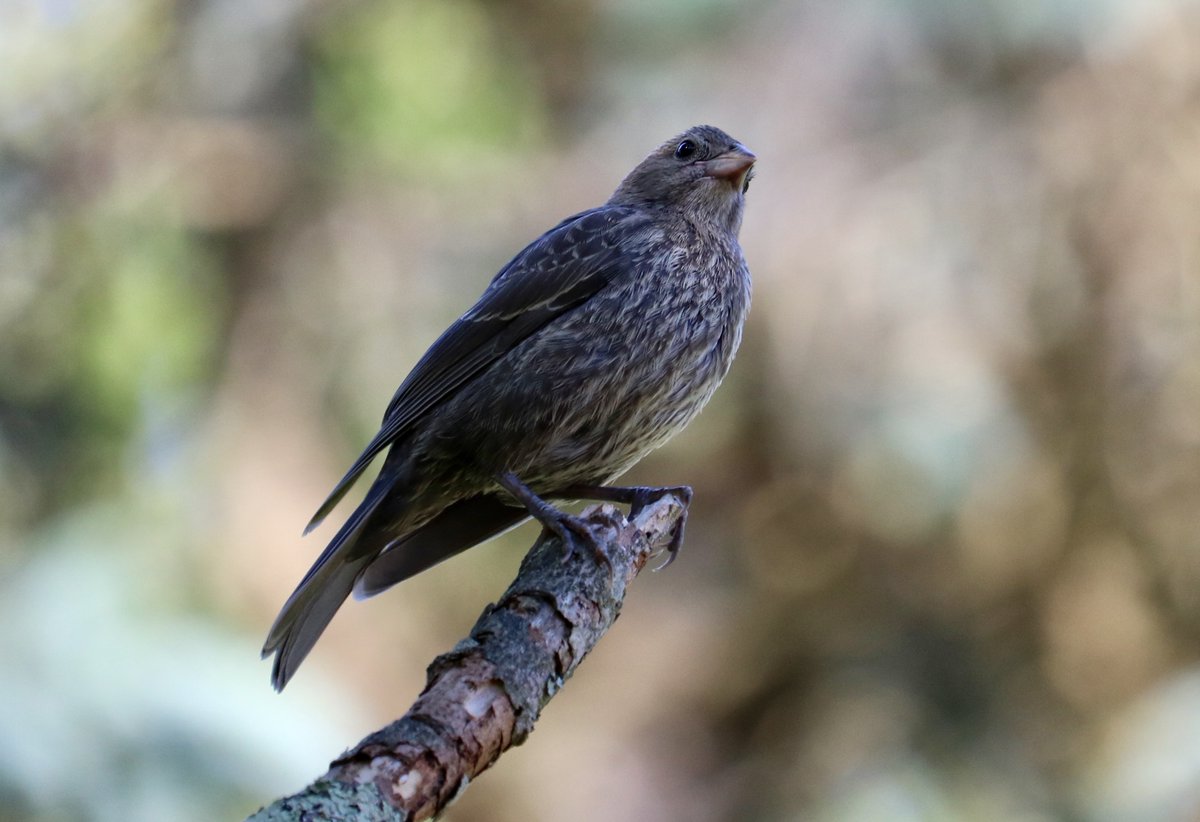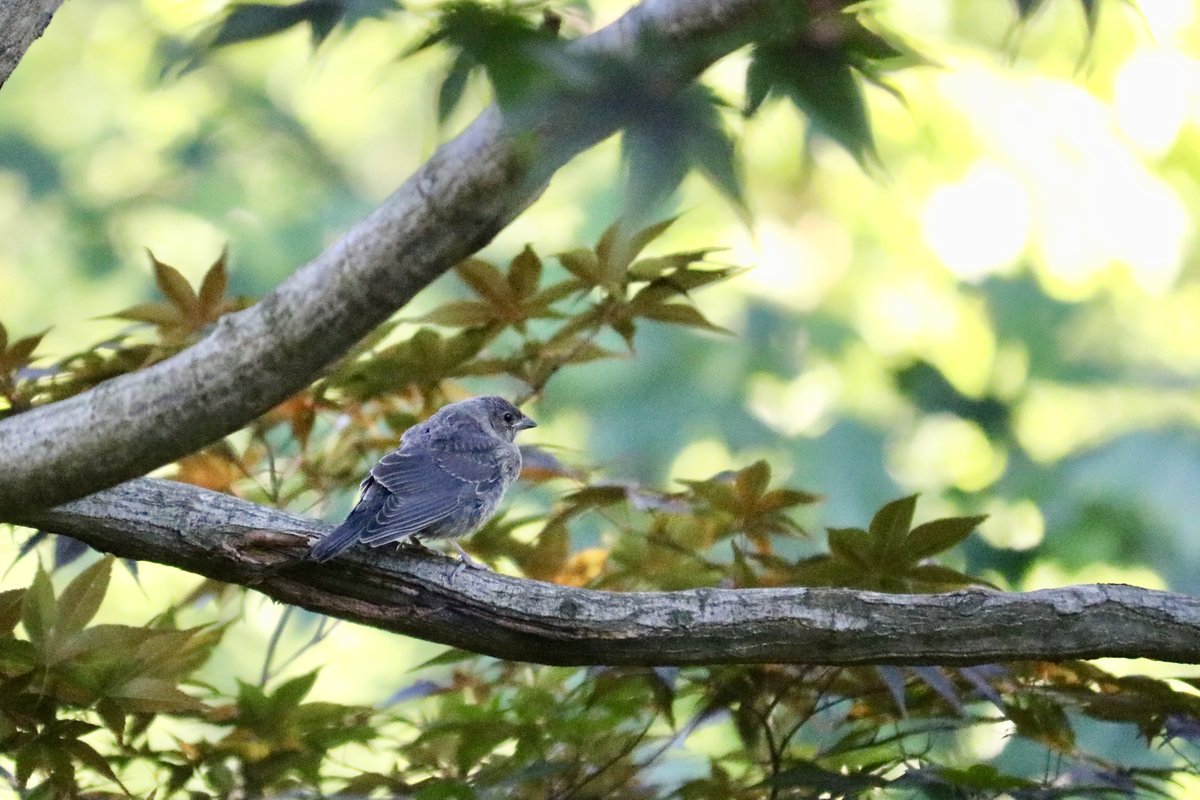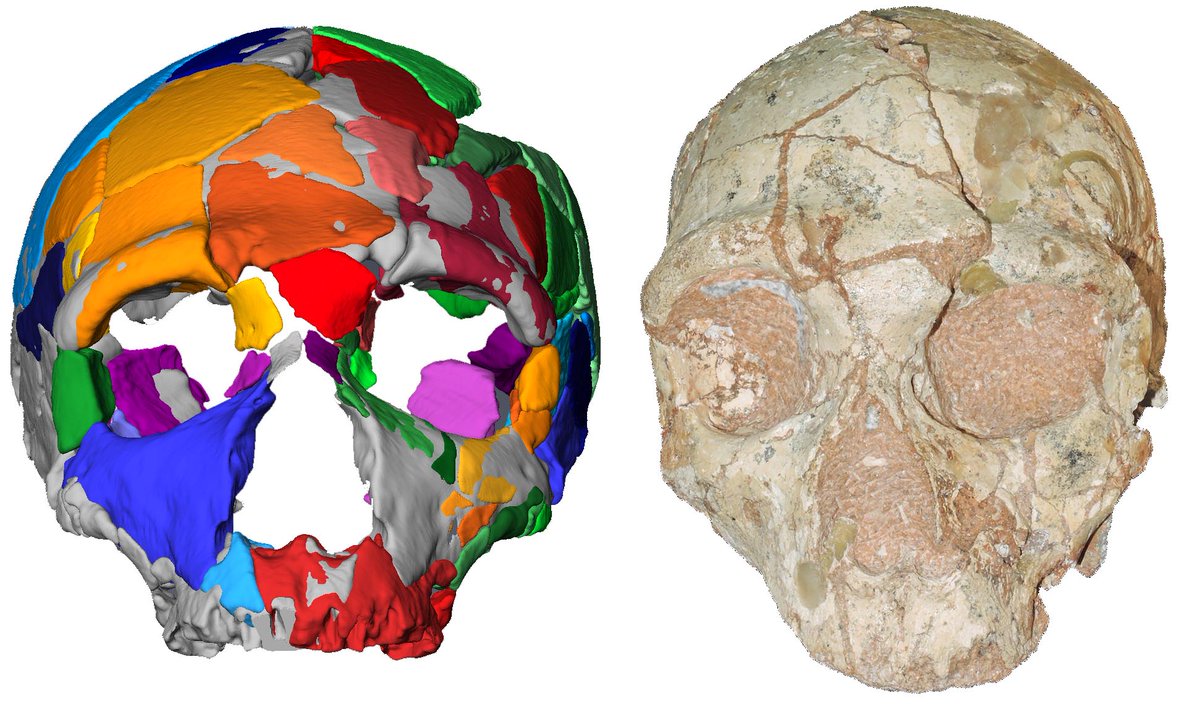How to get URL link on X (Twitter) App

 I’ve been writing about human evolution for @sciam since 1997. I'm biased but I think the past couple decades have been especially exciting for this field, not only because of amazing fossil and archaeological finds but also breakthroughs in ancient DNA research. Some highlights:
I’ve been writing about human evolution for @sciam since 1997. I'm biased but I think the past couple decades have been especially exciting for this field, not only because of amazing fossil and archaeological finds but also breakthroughs in ancient DNA research. Some highlights:

 The fostering occurs at the expense of the host’s own chicks, who may get pushed out of the nest or smothered by the young cowbird.
The fostering occurs at the expense of the host’s own chicks, who may get pushed out of the nest or smothered by the young cowbird. 

 The fossil (nature.com/articles/s4158…), dated to 3.8 million years ago (nature.com/articles/s4158…), finally reveals the face of Australopithecus anamensis, a human species first described in 1995.
The fossil (nature.com/articles/s4158…), dated to 3.8 million years ago (nature.com/articles/s4158…), finally reveals the face of Australopithecus anamensis, a human species first described in 1995.

 The other is purportedly early Homo sapiens, dated to at least 210,000 years ago. This latter fossil, called Apidima 1, could really shake up our understanding of this interval in human prehistory. [Image: Katerina Harvati, Eberhard Karls University of Tübingen]
The other is purportedly early Homo sapiens, dated to at least 210,000 years ago. This latter fossil, called Apidima 1, could really shake up our understanding of this interval in human prehistory. [Image: Katerina Harvati, Eberhard Karls University of Tübingen] 
